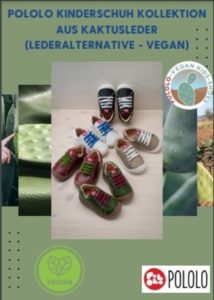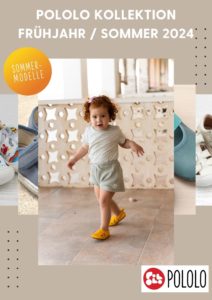
Report on the fiber training in the POLOLO ShowRoom, part 4
At the end of our fiber training there was the natural fiber hemp and a few short explanations on the topic “Green Button” on the program. The first hemp materials are said to have existed in Asia a good 12.000 years ago, said guest speaker Heike Hess, branch manager of the Association of the International Natural Textile Industry (IVN).
Hemp ban phase led to loss of technical know-how
The first hemp seeds appeared in Germany around 7.000 years ago. Hemp (cannabis) was banned for the first time in the USA in 1937 because it was associated with the drug marijuana. After the Second World War, hemp lost its importance as a material as a result of technical innovations. Cultivation was banned in Germany in 1982. Despite the The ban was lifted in 1996 This ban phase led to a loss of technical know-how. This lecture was also captured on video: “Hemp – the universally applicable natural fiber”.
Almost 200.000 tons of hemp from China every year
Today, according to Hess, the only thing left is hemp almost one percent of the textile materials used worldwide. China is now the world market leader with knowledge and technology as well as the largest cultivation area - with an estimated 100.000 hectares, an annual output of less than 200.000 tons is achieved. In comparison: Europe is roughly estimated to have a good tenth of the growing area and just under a tenth of the emissions. Canada comes in third place.
Hemp – predominantly positive properties
Hemp is considered universally applicable raw material (Food or dietary supplements, cosmetics, textiles and others, including papers and building materials). The material properties are outstanding: the high tear resistance even increases when wet. The moisture absorption and release is higher than with other fibers. Hemp wrinkles less than linen or cotton. There is also no electrostatic charge and therefore no irritation to the skin. With a comparable material density, hemp has a higher UV protection effect than other materials. Only the slow rotting could be seen as a disadvantage.
All-round usable, robust and economical natural material supplier
In traditional cultivation, the use of fertilizers or pesticides is actually not necessary - but they are still used in industrial cultivation; also growth hormones. During the so-called retting (production of plant fibers), fungicides are also sometimes used (water retting) - in general, retting with water or chemicals involves high water consumption and the use of chemicals. The Growing organic hemp I rely primarily on mechanical measures, healthy soils and greater plant spacing. However, there is one problem with the increased cultivation of organic hemp today: nature reserves such as taiga or tundra are threatened with destruction. According to Hess, the advantage of using hemp, especially organic hemp, is that the entire plant is used and a high area yield can be achieved. Hemp is considered a pioneer plant – it is robust and frugal.
GREEN BUTTON: Focus on people and the environment along the supply chain
At the end of the official part, Franziska Kuntze and Heike Hess reported on the new “GREEN BUTTON” initiative of the Federal Ministry for Economic Cooperation (BMZ).
Collapsed factory building in Bangladesh shook people up
This initiative goes back to the fatal accident of the collapsing “Rana Plaza” factory building in Bangladesh in 2013, in which more than 1.100 people died and over 2.000 were injured, some seriously. This event shook up many people in Europe and made them aware of what they were suffering from unbearable conditions Most of their textiles are produced in the countries of the so-called third world.
A sign of social and ecological responsibility
The BMZ then founded the in 2014 “Alliance for Sustainable Textiles” and put the comparison portal “Siegelklarheit” online in 2015. The independent “GREEN BUTTON” certification process was launched in 2019 – with the aim of protecting people and the environment a little better along the entire supply chain.




